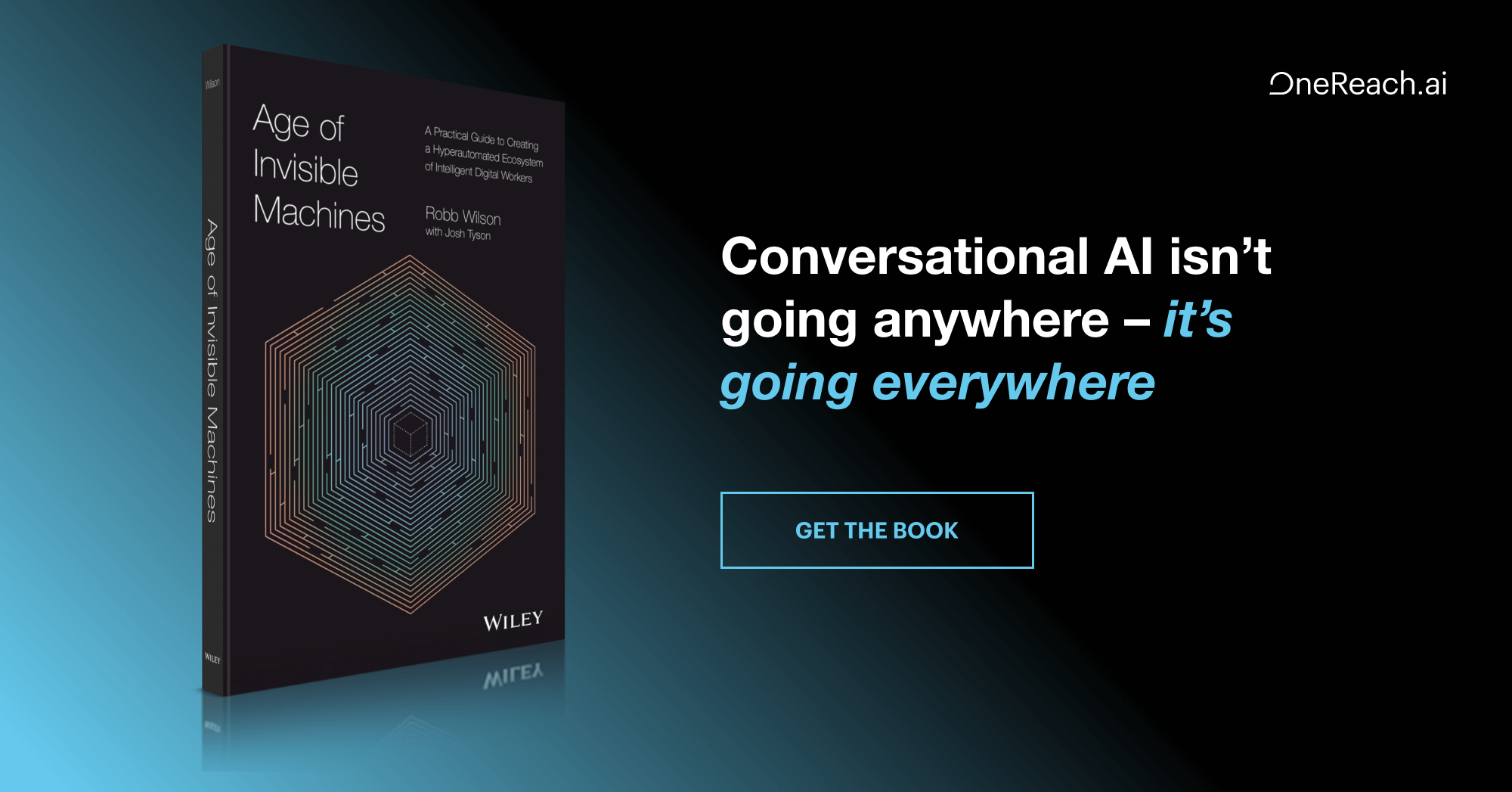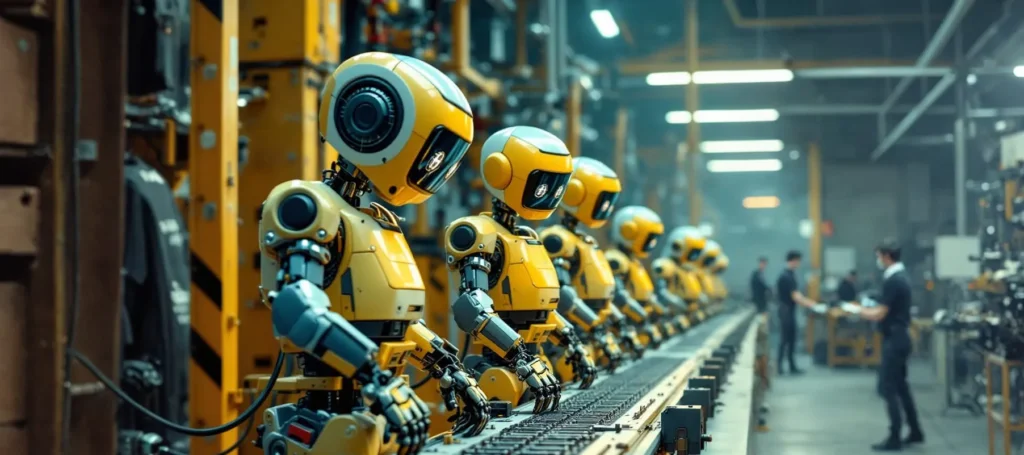Trying to create innovative and impactful new products or services in the realm of user-centered design is a great challenge. It requires answers to a number of tricky questions: Who are the audiences that need a new product? What gap will it fill for them? What purpose will it serve?
But for a company to get to the point where its design teams are hungry to find answers to these questions—and their managers are keen to develop better tools and processes for them to do so—there needs to be a culture of innovation.
Trying to create innovative and impactful new products or services in the realm of user-centered design is a great challenge. It requires answers to a number of tricky questions: Who are the audiences that need a new product? What gap will it fill for them? What purpose will it serve?
But for a company to get to the point where its design teams are hungry to find answers to these questions—and their managers are keen to develop better tools and processes for them to do so—there needs to be a culture of innovation.
Companies that create game-changing products—for their employees or for their customers (or for both)—actively foster an environment with a certain mindset. From management to associates, employees are encouraged to explore and suggest better solutions. They are rewarded for behaviors that often result in innovation. The employees embrace change and improvements in their workplace. This culture of innovation does not manifest without purposeful effort by employees and leadership at all levels.
C-Level Commitment
A crucial element in creating any sort of company culture is having leadership that steers a clear course for everyone to follow. The voice and attitudes of the C-suite have a great impact on how other employees perceive the company. In order to create an environment that encourages innovation, leadership must make it clear that innovation is a priority.
Commitment to innovation can come in many forms. When there are small failures, leadership encourages improvement and persistence. When difficult decisions need to be made concerning budgets and resources, management ensures that the big-thinking, promising initiatives are still supported. The commitment needs to be both heard in the words of leadership and seen in their actions.
The company I currently work for encourages employees to find new solutions and ways of applying our experience design practice to different situations. For example, our senior leadership recently supported our team in a competition to re-envision the environment of the Bronx Grand Concourse—an area of the Bronx that has a strong community, but few services and spaces that support it.
As interest was shown in this competition, a member of our senior leadership joined the team to help lead the direction of the project and support us throughout. This not only gave the project management visibility, but also changed the perception of these types of activities from employee pet projects to important initiatives that are encouraged by the company.
Clear Top-Down Communication
To create a culture where innovative mindsets permeate all aspects of business, an attitude encouraging innovation should be present in all communications. Consistent and clear communications ensure that employees are always keeping the main goal in mind. When there are multiple initiatives within a company, it can sometimes be difficult to determine where priorities are, so it’s incumbent upon leadership to communicate how being innovative and forward thinking relates to all programs and initiatives. It’s also crucial to ensure that such messages are not exclusive, or even worse, contradictory.
For instance, a team might be developing a new suite of applications that will change the way their consulting company engages with customers. The project has been noted as an important goal for the company and is being praised by leadership. On a seemingly unrelated note, the CEO may send out a notice stating that all employees should begin using a shared portal site for official conversations and document exchange with the client.
Such a communication could come across as undermining the efforts of the innovative group, or could make it seem like the new client engagement program is not delivering results. The CEO could avoid confusion by proactively stating how the initiatives are related. These types of messages needs to be clear in any and all top-down communications.
Supported Bottom-Up Motivation
Employees need to be engaged with the idea of innovation at every level, and their leaders should tangibly support this engagement. If a company’s leadership is communicating clearly and is dedicated to the idea of providing innovative services, then the employees will follow suit, as long as they are also being rewarded and recognized for it.
Professional development plans should set goals that encourage exploring new solutions to existing problems. There should be time and resources budgeted for experimentation. Recognition programs should not only reward typical business goals, like exceeding productivity expectations, but also acknowledge when employees strive to create innovative products, solutions, and services.
Several years ago, I became interested in spatial design and how my company could apply our XD practices to physical spaces. There was light interest from our clients, so I shared the idea with my managers. By the next quarter, it was on my professional development plan.
I was encouraged to read books about spatial design and look into courses so that I could become more of an expert in this application of our practice. My motivation to further our practice and bring an innovative set of skills to our company was quickly supported. It helped me realize that C-level commitment and persistent communication had a definite impact on my daily work, sustaining my motivation to keep innovating.
Long-Term Vision
Groundbreaking products and services don’t materialize overnight. Businesses are often managed quarterly, fiscal-year-to-fiscal-year. But sometimes creating disruptive and game-changing products takes long-term vision. Programs that change the way customers and/or employees behave go beyond just creating the product or service. One must also consider how the product or service will be released and implemented, what changes in management activity need to occur, and how training or support will be handled.
All of these things mean that when programs related to innovation are being planned, they must be cared for end-to-end. They cannot be planned, funded, and resourced quarter-by-quarter. Long-term vision needs to be supported in order to avoid the risk of getting the job half-done and failing. I’ve seen several clients fall victim to shortsightedness, especially during tight financial times, resulting in lost opportunities for innovation.
One client I can think of was striving to mobilize their workforce. They wanted to make everything available anywhere to their employees, so virtually any location could become a potential workplace. They knew that this was the right move given innovations in mobile and cloud computing and service expectations from their clients. We worked together to determine what problems would need to be solved and how we would proceed with discovering the right solutions.
Unfortunately, in the end, the demand for quick mobile applications took precedence. There was great pressure to get individual apps off the ground and running very quickly, so the overarching vision of a fluid user experience across any device in any location was placed on the back burner. Even though the individual mobile apps would have been properly resolved over the course of the more impactful and encompassing mobile initiative, the long-term vision and the opportunity for innovation was lost in the demand for quick solutions.
Pervasive Change Management Programs
When you have a company full of people trying to create new innovative products, they also need to be open to change when their products are completed and introduced. Innovations are disruptive by nature, changing the way that people get things done or the way they behave. Because of this, a company needs to implement thorough change management programs any time an innovative product, service, or process is introduced.
Successful change management programs set expectations before the change occurs; provide comprehensive explanations during the change; and follow-up after the change to make sure that success metrics are met and audiences are being continuously supported. Over time, consistent change management creates a culture where employees welcome new products and services.
For one client, my company created a set of standards to ensure a fluid user experience across all of their internal applications and websites. This was a huge change for pretty much everyone from end-users to developers to project managers. With that in mind, we prepared them for the transformation by spreading word about it ahead of time. We thoroughly explained what it meant to people in their individual roles and put a person in charge of answering questions we suspected would arise along the way.
After the project was completed, people expected these elements of change management for new products and services that followed and were more open to game-changing programs. This was a step in the right direction—shifting a stagnant culture into a more open and innovative one.
Conclusion
Companies that put innovation at the forefront produce innovative employees. They also have work environments that are attractive to prospective employees, but innovative company cultures aren’t maintained through recruiting alone. Groundbreaking companies possess cultures that are actively shaped, requiring participation and motivation at all levels. These types of environments set the stage for imagining great innovations and provide the tools to bring them to life.
Image of petri and pipette courtesy Shutterstock.






